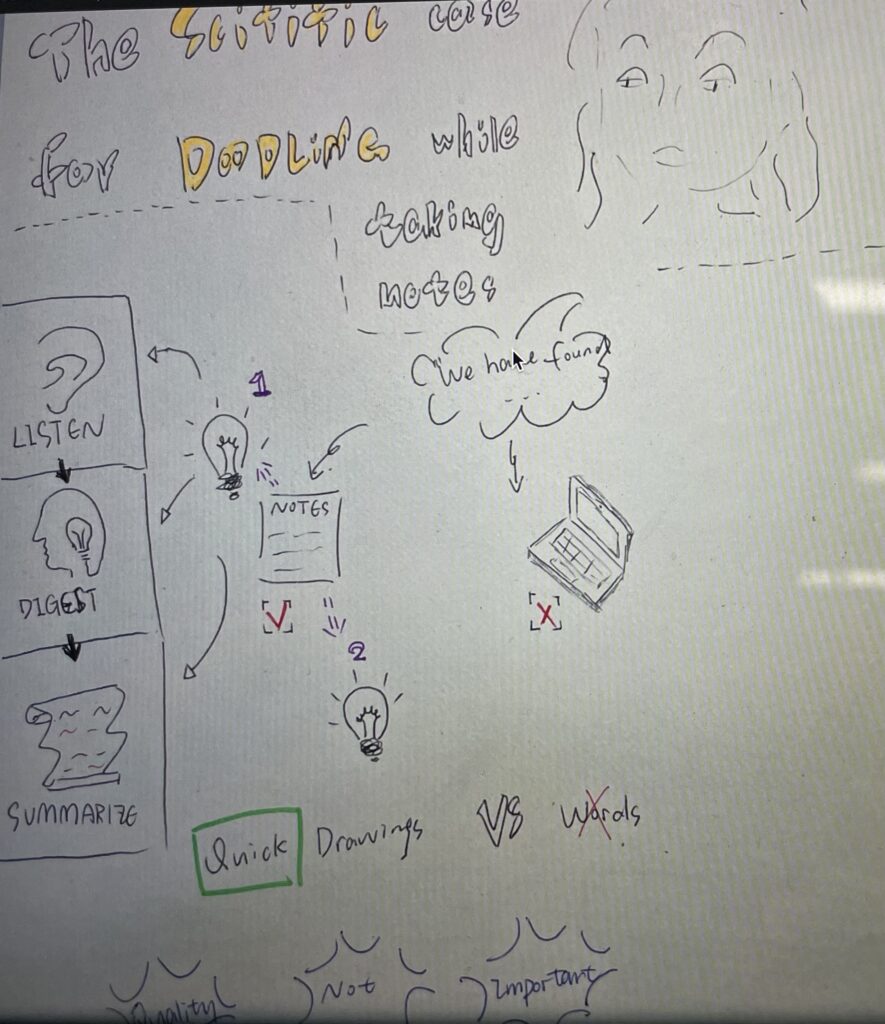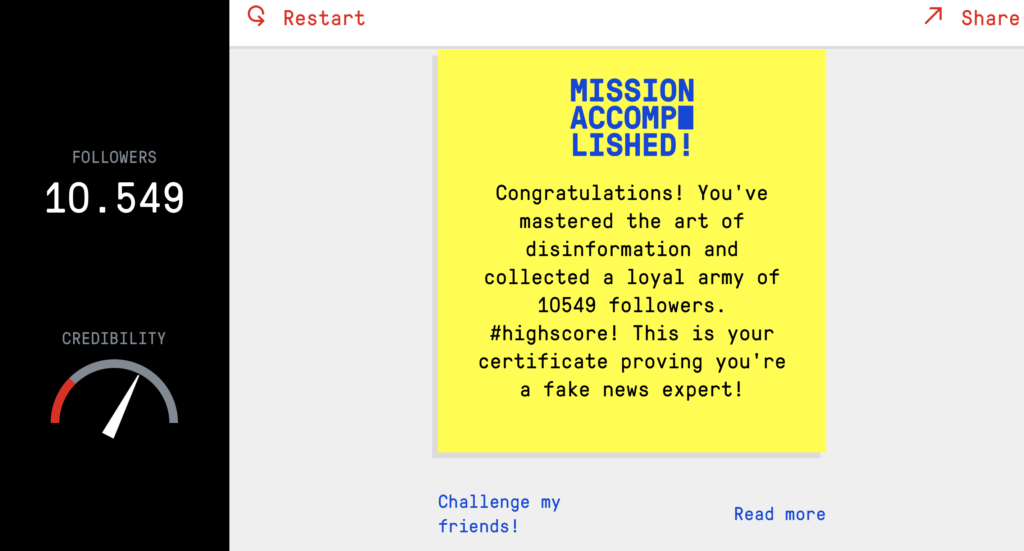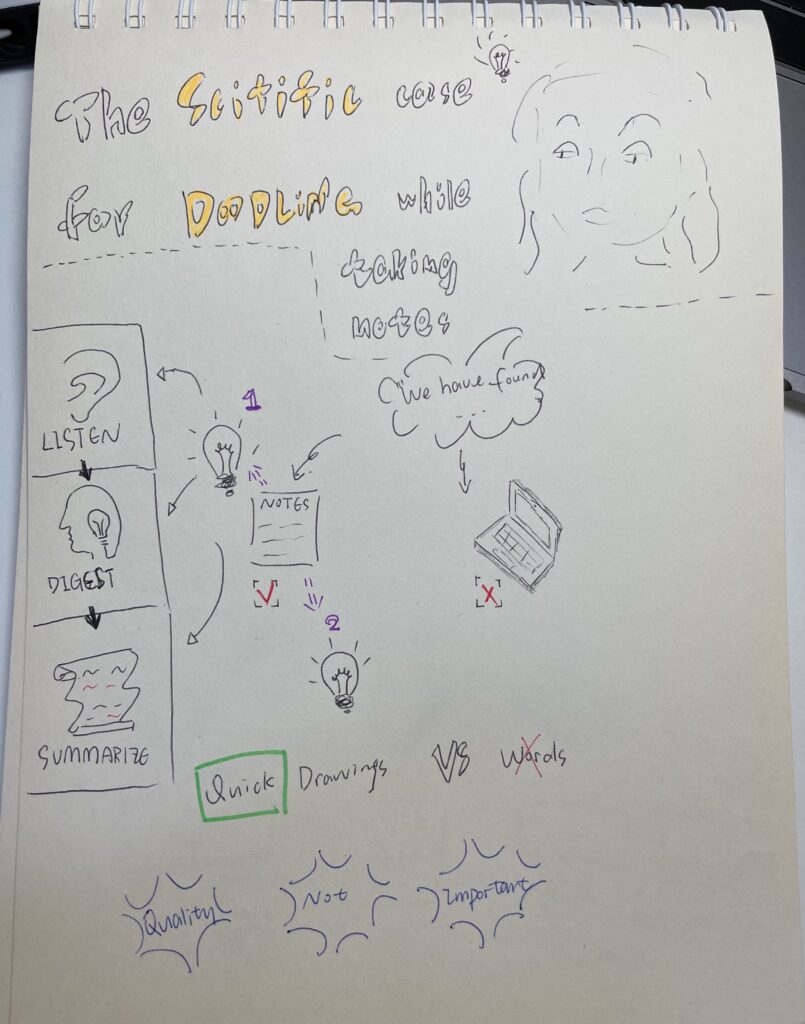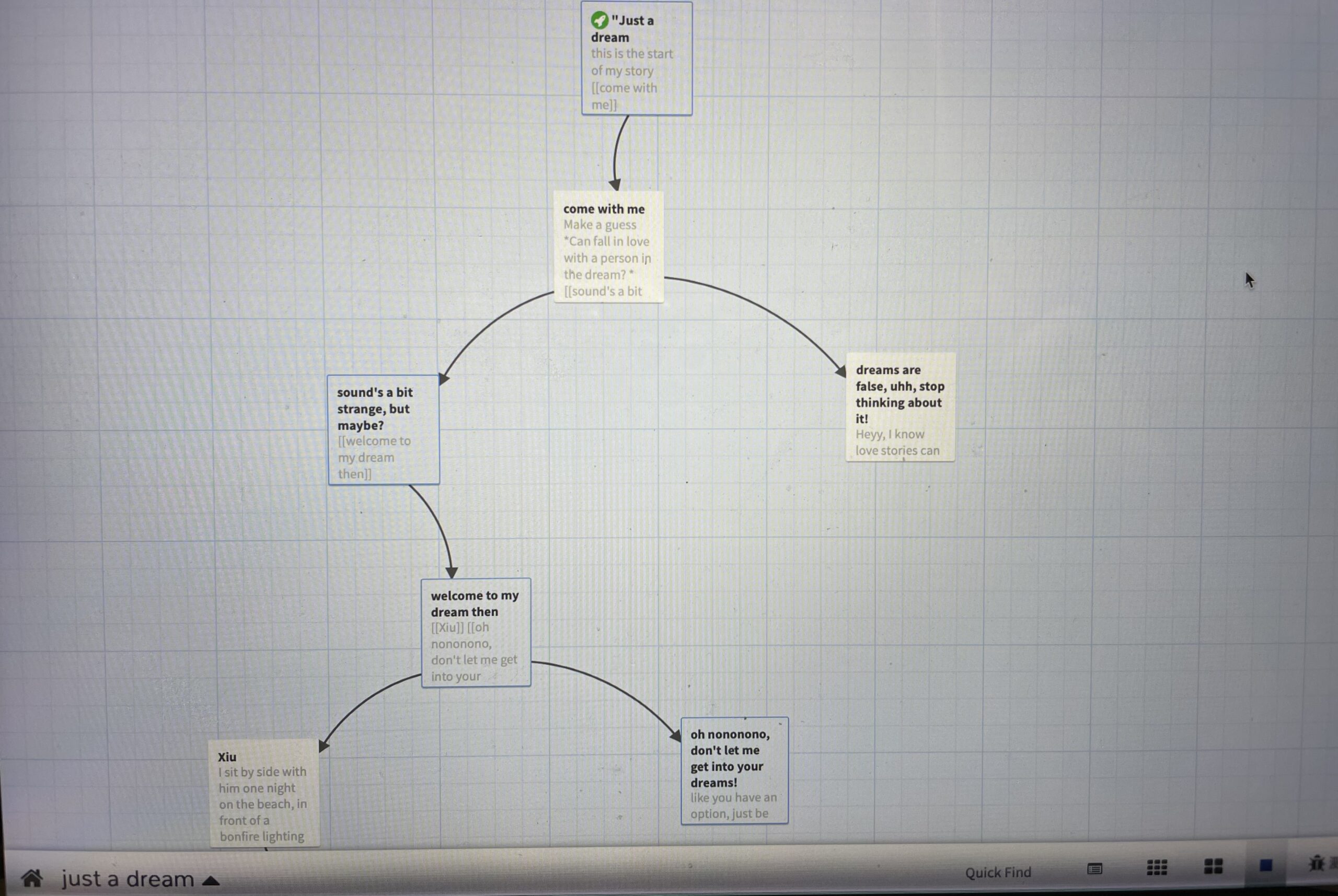Lesson Plan: Steam
Goal:
After complete this multimedia lesson project, our learners are expected to fully explore the gaming platform Steam. The learners will develop the ability to operate on Steam freely and taking advantage of its features.
Learning objectives:
By the end of this lesson, learners will be able to:
- Grasp the basic concept of what Steam is as a game platform.
- Sign up for a personal steam account and personalize the profile section using features from steam.
- Master in using store section, operating different functions in store such as searching, purchasing, browsing and adding games to wishlist.
- Master in using library section, operating different functions in the library such as installing, filtering, managing and adding games.
- Master in using social section (Friends and community), operating different functions in the social section such as adding friends, sharing in community, streaming, inviting friends to your game.
Prior knowledge:
Have a basic understanding of the game platform.
Able to download the official Steam platform on the website and successfully install it.
Delivery:
1. Beginning / Introduction: talk about Steam using PowerPoint and related to personal experience. Introduce Steam briefly:
a. Powerpoint slides
2. Download the steam software and create a personal account & the interactive video tool if necessary:
a. Video Presentation Part 1
3. Go to the store page and apply different and basic functions in the page successfully:
a. Video Presentation Part 1
4. Using one game as an example, explain how a single game page can be used to buy and play games:
a. Video PresentationPart 1
5. Some tips for first-time learners:
a. Video Presentation Part 1
6. Introduce social features of Steam (including personal profile and chat system):
a. Video Presentation Part 1
7. Introduce library and its different functions:
a. Video Presentation part 2
8. Specifically through a game in the library to introduce the classification and management in detail:
a. Video Presentation part 2
Multimedia principles that this lesson followed:
1.Cognitive Load Theory: Our group members have managed to lead learners to concentrate on one material during every step, learners only need to focus on one function at a time. Extra unnecessary information was excluded.
2.Dual Coding Theory: Throughout the lesson, the graphic content was combined with verbal or text narration to help learners comprehend better.
3. The Coherence Principle: Only related information and images are presented, there’s no distraction while learning how to use Steam.
4. The Signaling Principle: I have highlighted important steps and background knowledge before starting the lesson. This was demonstrated in the PPT and the video.
5. The Spatial Contiguity Principle: I have embedded every game platform logo beside the comparison part in PPT.
6. The Segmenting Principle: Videos are separated into two parts, it’s adjustable with speed and subtitle feature on YouTube.
7. The Pre-Training Principle: The PPT provides adequate pre-knowledge before the lesson.
8. The Image Principle: We have excluded human faces or figure images in our presentation.
9.Embodiment Principle: Same above.
9.Modality principle: We chose to apply this principle to the actual learning part which is the videos so that learners can listen to Echo’s instruction while watching.
10.Personalization principle: Both PPT and videos are presented in a conversational style.
11.Redundancy principle: Useful knowledge is only presented in one format to reduce the Redundancy effect.
The lesson:
First of all, please read through this introductory PPT about Steam to grasp the basic background knowledge before starting our lesson!
Now you know how good is Steam as a gaming platform, I guess you can’t wait to learn how to use it, please watch this fantastic YouTube video that we made to understand how to create an account, search for games and use social features!
Isn’t it fun diving in the sea of fascinating games in the store to find what you are interested in? Now you have owned a game (can be a free game as well). Try to follow the tips in the next video to manage your collection in the library!
Thank you for participating in our multimedia lesson, I hope you had fun learning about Steam!





